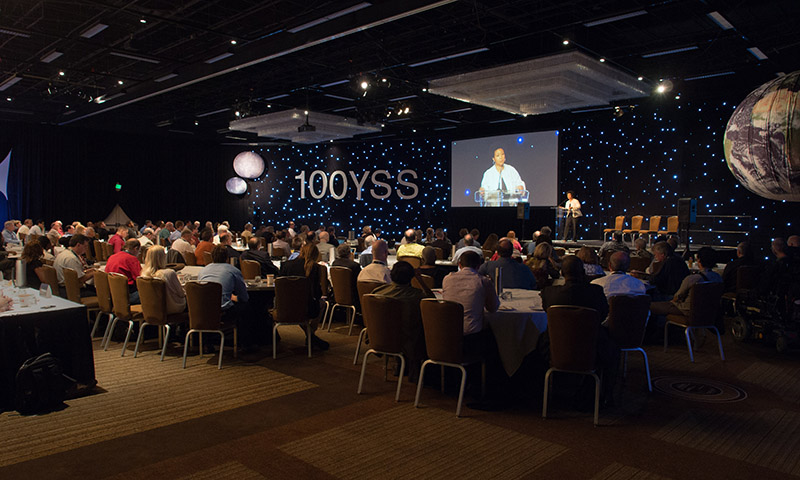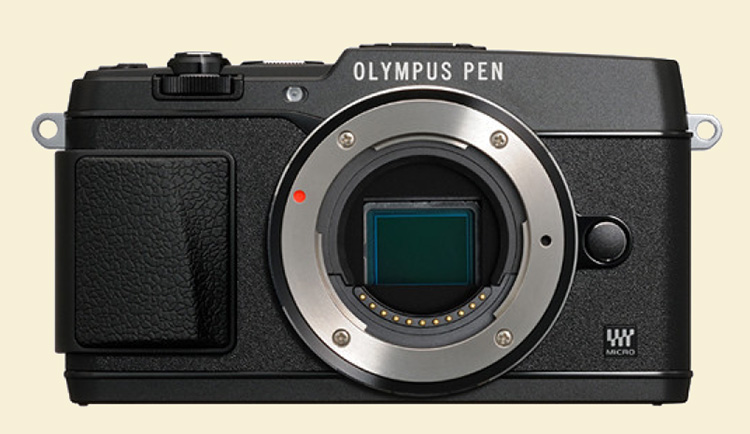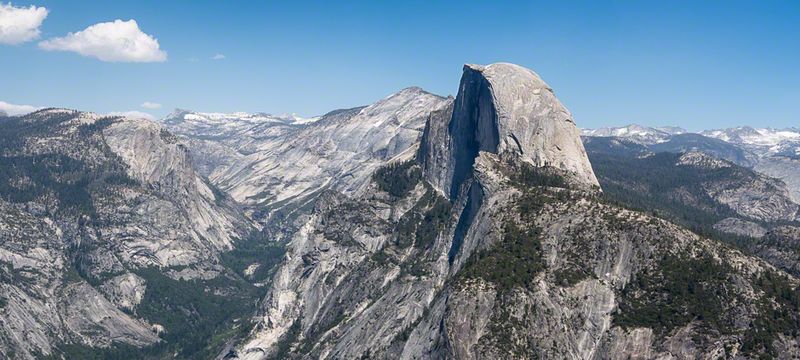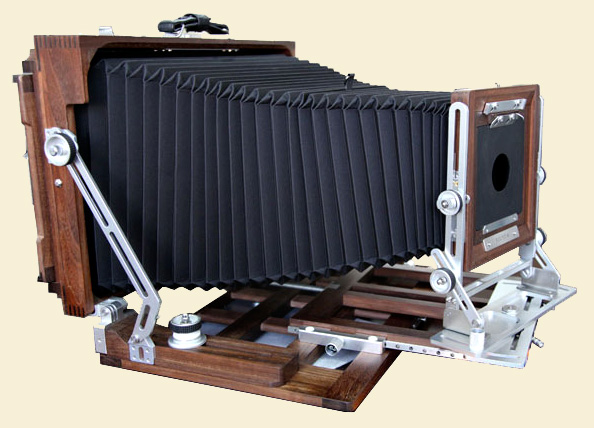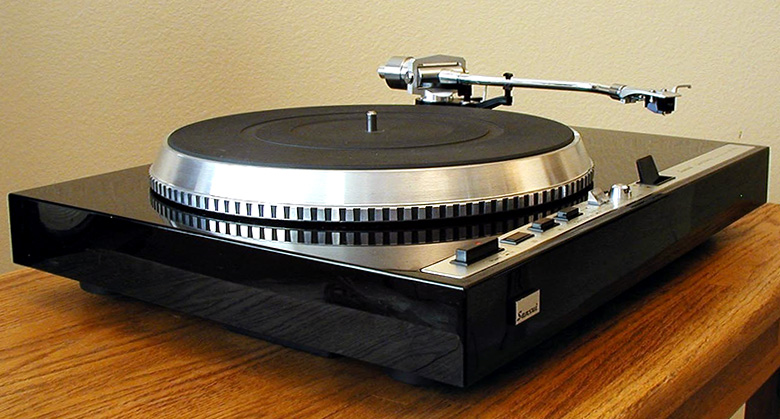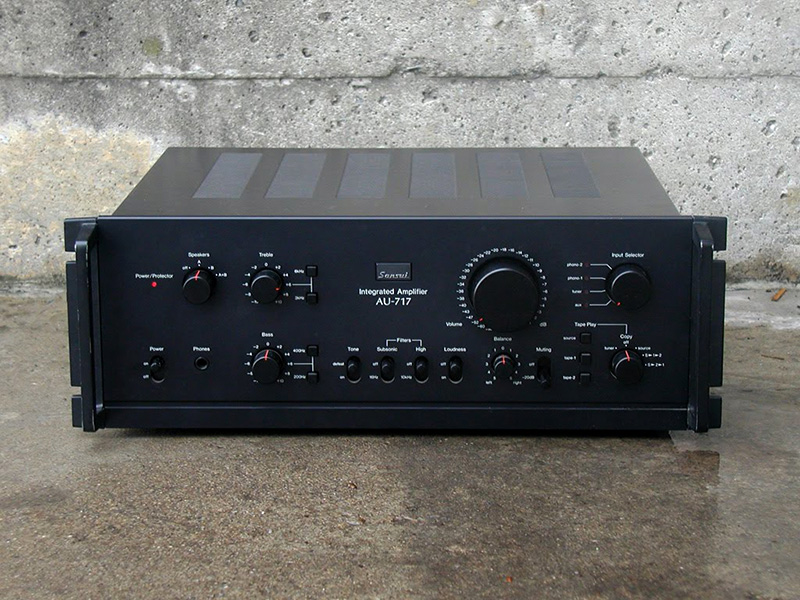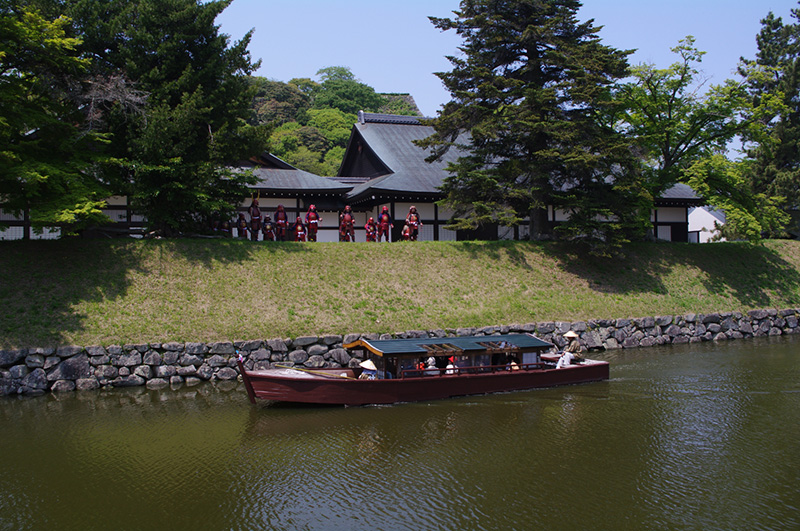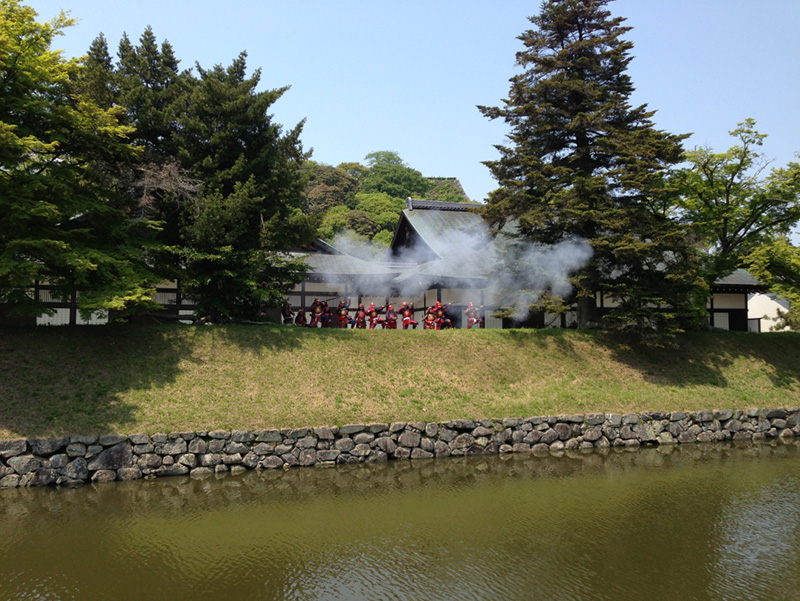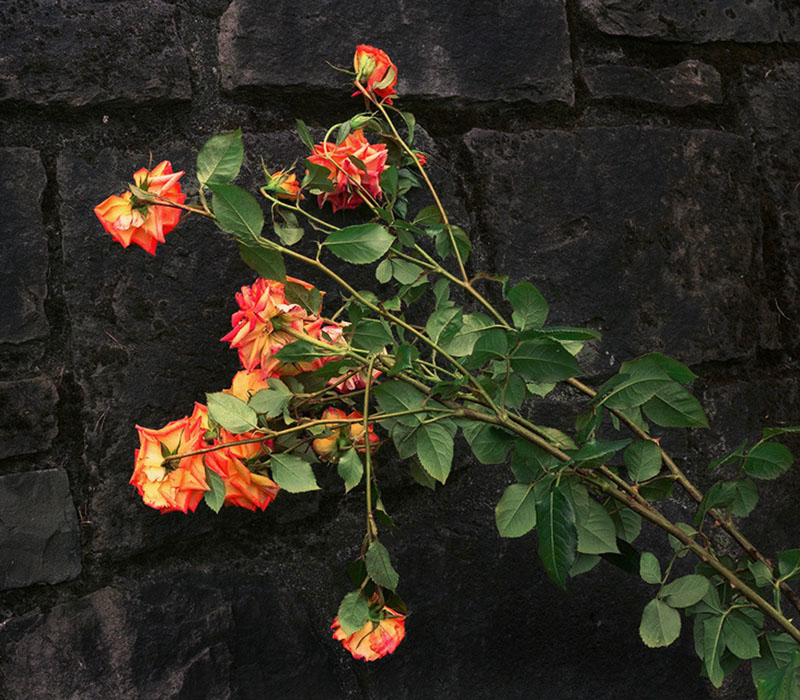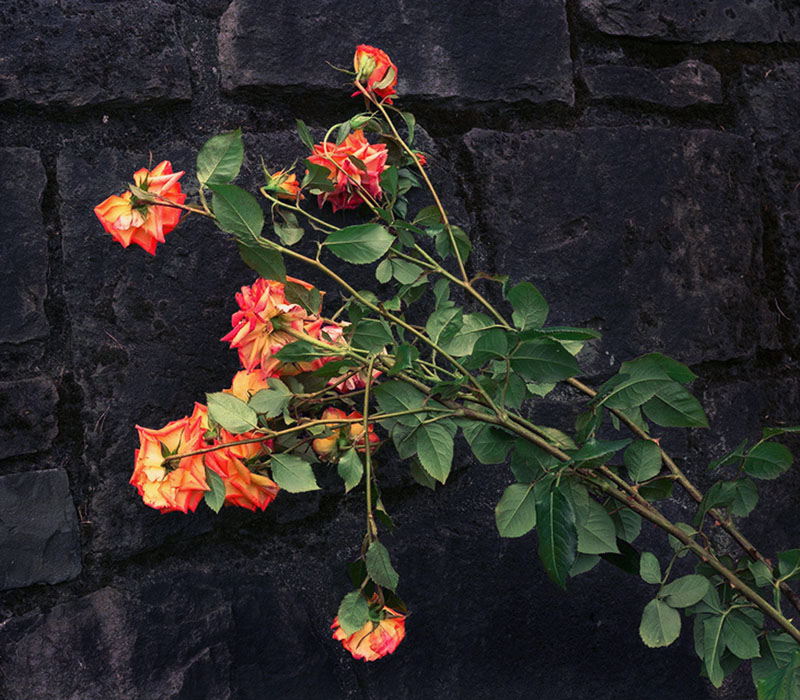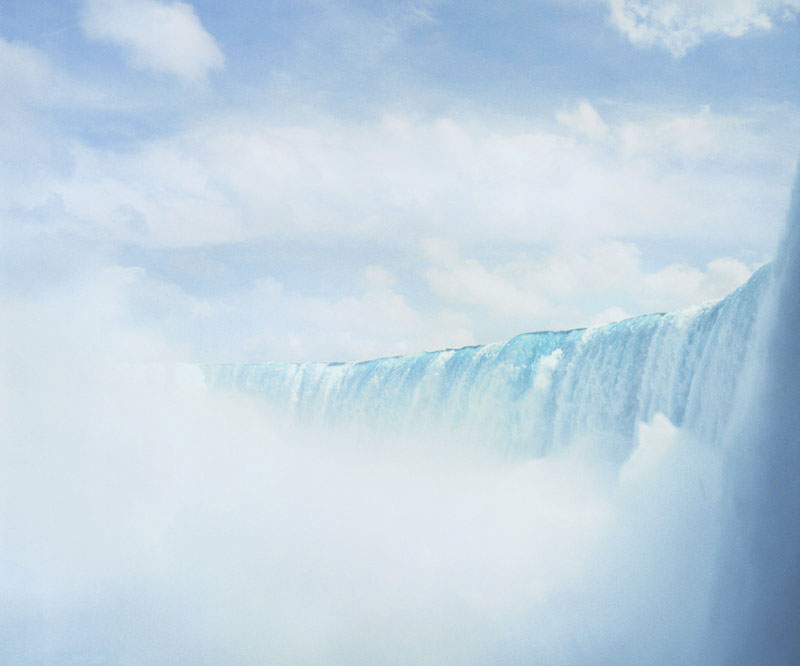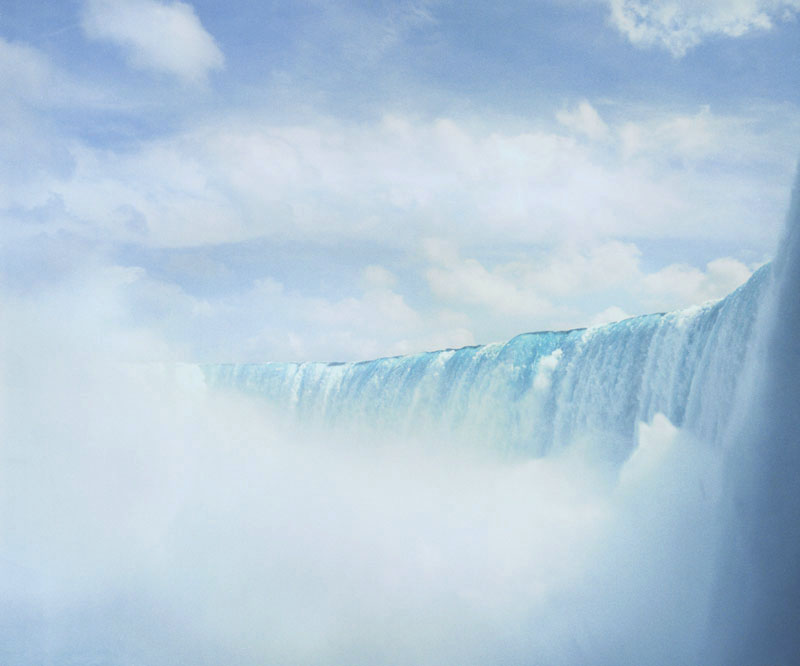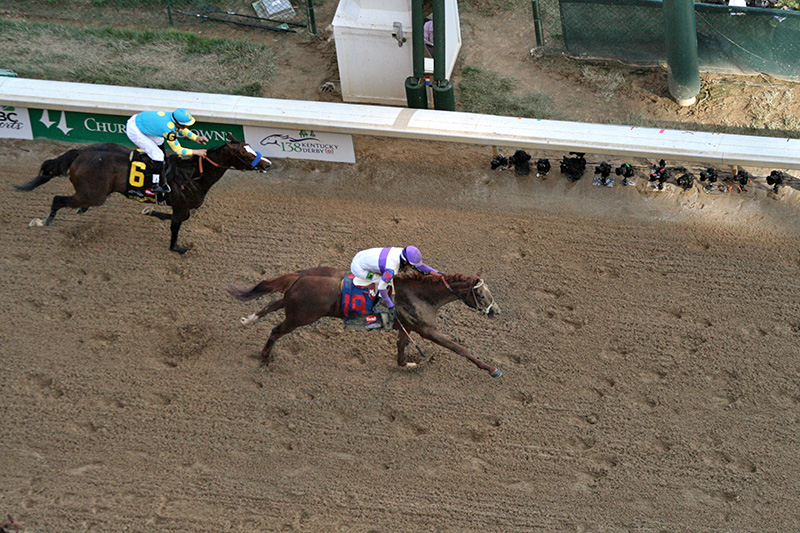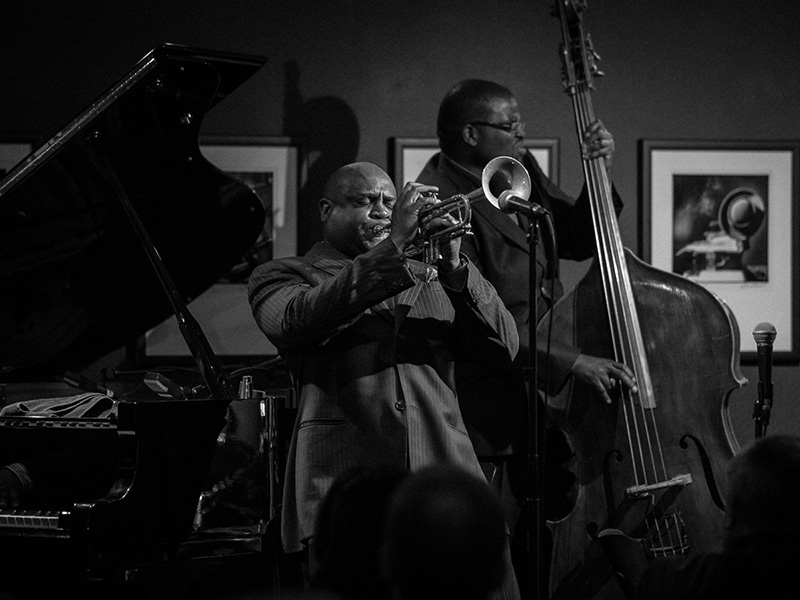 Killer app to the manner born: the M.Zuiko 75mm wide open (ƒ/1.8) in very low light (ISO 2000, 1/60th sec.). Photo by Kent Phelan.
Killer app to the manner born: the M.Zuiko 75mm wide open (ƒ/1.8) in very low light (ISO 2000, 1/60th sec.). Photo by Kent Phelan.
In our last installment, "Which Lenses?," I confessed that I'm not exactly sure any more how new photographers are supposed to go about choosing their lenses. I was talking mainly about "spec," that is, specification—what focal length(s), what speed, what size, operability, etc. Another aspect of lens choice—related, but only intersecting with specification and not identical to it—is lens quality.
There are two foundations to my love of photographic technique, and neither one is as sound as it used to be. The first is something Frank DiPerna said at a museum talk at the Corcoran just before I became a student there—"show me the print on the wall." You can rap all you want, but the work—in print form—is where the rubber meets the road.
That can legitimately be called into question now. (It could then, too, but not so much.)
The other basic principle is respecting the integrity of the lens image. That's always been key, the way I see it. The lens is the basis of photography in my opinion—the lens image taught us to see photographically for 160 years. Now we're back to imposing our conceptions on its image, or, at least, we can segue much more effortlessly between the lens image (photography) and invented creativity (illustration) now.
That spills into technique as well. In optical/chemical (O/C) photography—what I privately think of as "photography" as opposed to "digital imaging" which is what most of us practice now—craftspeople did have some control over the look of the result. But you were most often—most easily—largely, or for the most part—stuck with what the lens saw and the way it saw.
Thus, lens properties were of fundamental importance. When I say "properties" I mean "qualities," but that word is too loaded. What I mean is that whether you chose a single-element plastic lens or the finest German optics, the lens image very often contributed to the look of the result. Not always, but very often.
And I used to say things like "you can never spend too much money on your lens."
You know, proselytizing. I was a lens nutter.
Strictly speaking, though, lens quality isn't objectively as important as it used to be. The lens image—burned into the film in O/C photography—becomes infinitely malleable in DI photography. To some extent, it still has an influence on the result...but it's certainly not as clear-cut as it used to be.
Complicating a complicated issue still further is that modern computerized lens design and ongoing strides in manufacturing capabilities and quality control have meant that, in practice, even relatively modest lenses can be extremely good these days. And that's not even considering the whole issue of deliberately designing lenses to take advantage of post-exposure software corrections, a sensible but very modern approach. So even the concept of "lens image quality" isn't as clear as it used to be, not by a long shot.
(A friend just completed some tests on his own equipment and told me that a $7,000 Leica 24mm ƒ/1.4 Summilux-M produces visibly inferior results to a $1,100 Sony/Zeiss 24mm ƒ/1.8 E-Mount on a NEX. Made me feel good, since I just got the latter lens, but his point was that the world isn't what it used to be and that traditional hierarchies have in some ways been turned topsy-turvy.)
Ever the empiricist, for years I've been paying attention to what people actually think of lens quality when looking at prints ("at prints"...see above!). And in point of fact, a lot of times when photographers get all fetishy about their awesome lenses, other people just plain don't notice. Various lenses I've owned have gotten compliments here and there. But the only lenses I've ever owned—and brothers and sisters, I've owned lots—that have consistently drawn compliments have been the humble Minolta 40mm ƒ/2 M-Rokkor for the CLE, an even humbler Konica Hexanon AR 40mm ƒ/1.8 (which however suffered from considerable sample variation, and did have some optical flaws—bad bokeh close up, for one thing), a "slow" Zeiss Contax 85mm ƒ/2.8, and the Leitz Summicron-R 35mm ƒ/2. All my fancy Zeisses, Leitzes, Pentaxes, Nikkors and Zuikos might have swept me off my feet, but viewers just looked at the pictures. But those four lenses would get compliments on sharpness and clarity even from non-photographers.
In digital, there still seem to be a few of those out there. I'm convinced that I can see old-fashionedy Zeiss qualities of the type that float my boat in the 24mm E-Sonnar. But maybe that's just fantasizing. And I do know several people who say that the Olympus M.Zuiko Digital 75mm ƒ/1.8 is a killer app to the manner born, able to draw those rare compliments from general viewers.
I still think it's worth it to find a lens that you love the quality of; but at the same time, I'm not so sure any more. I'm getting middle-aged and I admit I might be getting behind the times, too.
So the question for today is: how important is the optical quality—the look in pictures—of lenses now? Does it still matter, or not so much?
Mike
(Thanks to Kent)
Original contents copyright 2013 by Michael C. Johnston and/or the bylined author. All Rights Reserved. Links in this post may be to our affiliates; sales through affiliate links may benefit this site.
TOP's links!
(To see all the comments, click on the "Comments" link below.)
Featured Comments from:
Eric Rose: "The signature of a lens is of utmost importance to my photography. I utilize it as a painter uses different brush strokes to mold the look he/she wants. I have differing photographic styles (portraiture, landscape and still life) that require different lens signatures to fulfill my vision.
"A lens I love for landscape probably will not be my first choice for portraiture. All my personal photography is done with film as I find the type of film used and how it is developed just as integral to my vision as the lens signature. Please note I am not saying film is superior, it just works better for what I want to accomplish.
"I strive to create photographs that are true to my vision, not technically perfect photographs. MTF charts, pixel counts, resolution etc. mean nothing to me. Like Frank DiPerna said, 'show me the print on the wall.' That's all that matters to me when I choose the tools I need to create the image I have in my mind. Today it might be a lens with smooth bokeh, tomorrow a lens that is razor-sharp and contrasty.
"While putting my kit together I spent a lot of time viewing as many photographs as possible. If a photograph had a 'look' that I resonated with, I would find out what was used to create it if at all possible. My intent was not to copy but to learn which lens and what capture media produced what results. For 35mm I ended up with two systems, Leica and Nikon. Each system had lenses that 'worked' for me. Please note they were not always the latest version of a lens but sometimes a golden oldie. I am not saying Leica and Nikon are better lenses than Canon or Olympus etc., just that they gave me a look I wanted. So for me what worked was first determining the lenses I wanted to use, then the capture media.
"Not surprisingly I also have a preference for enlarging lenses but that is a whole different story :-) "
David Saxe: "Personally, I know of no great or near-great photograph that is considered so because of the quality of the lens the photographer used. What we think of as 'classic' photographs were, in most cases made with lenses that we would feel are inferior by today's standards. Great photographs are usually considered great because of his skills as it relates to his/her vision, timing, and in some cases, his processing skills. The quality of their equipment is always secondary."
Mike replies: Okay, although I don't know how you'd know, because you're always looking at the photograph made with the equipment the photographer chose. But even given your point, part of what I'm asking is how important the quality of your lenses is to you. That is, when you're choosing which one(s) to buy.
David Stock: "Great question. I'd say it depends partly on how much time you spend processing RAW files, and how much you shoot wide open.
"Shooting film, in formats from 35mm to 4x5, I was slightly fanatical about lenses. And highly partial to Zeiss glass. But I've learned over the years that careful post-processing of digital files allows even clinical lenses to shine and gain character.
"Micro-contrast control, deconvolution sharpening, mid-tone contrast filtration, local adjustments, filtered black and white conversion—it's amazing what can be done today to arrive at a particular 'look.' So for an overall sharp image, only lenses with extreme characteristics stand out from the pack, and only if you let them.
"This makes me a little nostalgic for the past, but also gives me a sense of freedom at times. These days I use boringly sharp, well-corrected macro lenses for a lot of my landscape work. I'm able to get the final look I want from RAW processing and Photoshop. Although I demand technical excellence from them, I treat my landscape lenses less as the key decider of image quality and more as the provider of solid image data for the whole photographic process.
"The situation is different in the case of selective focus. Bokeh and other out-of-focus qualities are much harder to control in processing, and why would we do that, anyhow? When I do portraits or street photography, I still rely on my lenses for most of the final image character."
Hugh Crawford: "I'm liking a Leitz Focotar on my NEX a lot right now. I miss the days when what photographers got all exercised about was the light sources in their enlargers. Opal bulb and condensers vs. point source and condensers vs, diffuse white light vs, diffuse narrow band light vs, Aristo V54 with two spikes."
Taran Morgan: "In the last three years I have done my best work with two lenses that cost
$50 combined. With respect to the article, it cost me about $10,000 in
lenses to find them."
Ed (partial comment): "Every lens has 'a way of seeing things' whether you use a lensbaby or an Olympus 75mm ƒ/1.8. Personally I do not really want to 'see' the lens. Neither positive nor negative. So the lenses that do their work without screaming 'I'm a Summiluxcron' work best (and are dirt cheap) for me."
MarkR: "As a data point, Jay Maisel's lens of choice is apparently the Nikon 28–300mm: a lens that has never had stunning reviews and that lens snobs wouldn't think twice about. Photozone I believe rated it at 1.5 stars out of 4. Mr. Maisel is also (in)famous for eschewing post processing, Photoshop, etc., even for croppping. So his images aren't filtered, pun intended, by any third party. Conclusion: lenses don't matter, as long as you're Jay Maisel."
Sherwood McLernon: "All of the conversations listed are for short lenses. My favourite lens for killer bokeh, crisp, accurate colours, great sharpness, nicely balanced contrast, unbelievable speed of focus and light weight for its size, is my Canon 400mm ƒ/5.6L lens. Of course the bulk of my photography is birds, so I am certainly prejudiced in a direction different to most of your readers."
Rob: "I have been shooting with Pentax digital cameras for a number of years
and have collected all three of the FA Limited series of lenses—31mm ƒ/1.8 ,
43mm ƒ/1.9, and 77mm ƒ/1.8. These lenses were designed for use on 35mm film
cameras, but they perform splendidly on APS-C cameras. Many Pentaxians
long for the day when they can be used on a Pentax FF camera.
,
43mm ƒ/1.9, and 77mm ƒ/1.8. These lenses were designed for use on 35mm film
cameras, but they perform splendidly on APS-C cameras. Many Pentaxians
long for the day when they can be used on a Pentax FF camera.
"The FA
Limiteds are prized for their rendering characteristics, which are often
described as 'pixie dust.' There may be other lenses that are closer
to 'perfect' in lab tests, but few that can match the FA Limiteds for
what I like to describe as silky smooth sharpness, by which I mean
extreme sharpness with fluid transition to unsharpness and beautiful
bokeh. I have never had other lenses that deliver the same look."
